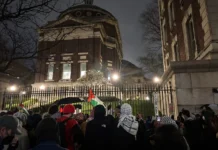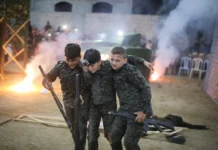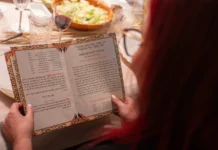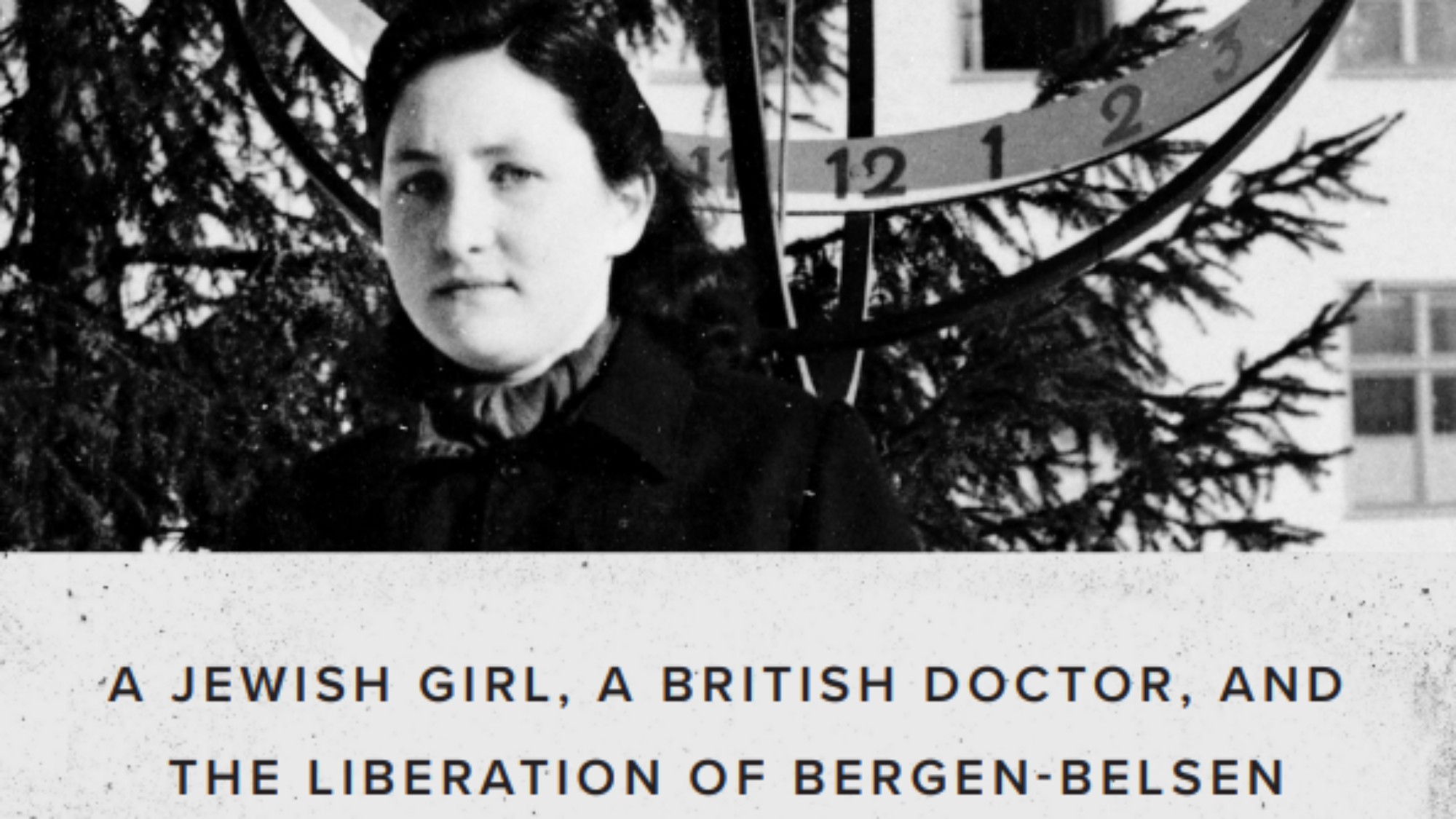Like many children of survivors, Bernice Lerner has spent most of her life ruminating on the Holocaust and writing about big questions. How was the Holocaust allowed to occur? What is the connection between virtue and happiness? How can we educate our children in a way that encourages integrity, responsibility, courage, compassion and self-discipline?
For the past 15 years, Lerner has been focused on the circumstances of her mother’s liberation from the Bergen-Belsen concentration camp and very particular questions: Who was responsible for her mother’s survival? What needed to be done after liberation? Who was the man that took charge of bringing the victims—including her mother, Rachel Gemuth—back to life?
To tell her story, Lerner focuses on a single year, 1944, the last year of the war, and alternates between recounting the experiences of her mother Rachel, a 14-year old prisoner of the Nazis, and Brigadier Hugh Llewelyn Glyn Hughes, a doctor in the British army who is put in charge of Bergen-Belsen after the Nazi surrender.
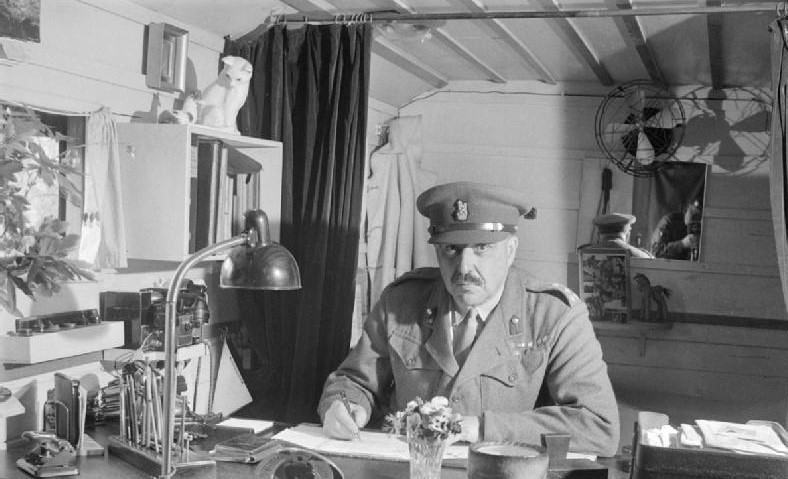
Rachel is from Hungary, whose Jews were among the last to be deported to the Nazi death camps. In June 1944, Rachel and her family are forced to leave their home in Sighet, Transylvania. They are taken by train to Auschwitz, where everyone in the family but Rachel and her sister Elisabeth are murdered. Rachel and Elisabeth endure unspeakable hardships and deprivations—first at Auschwitz, then at a slave-labor camp at Christianstadt, then on a forced death march during the bitterly cold winter of 1945, and finally, at the Bergen-Belsen camp in Germany.
In telling the story of its two protagonists, All the Horrors of War is half-memoir, half-history. Lerner recounts her mother’s experience with many details about her stratagems for obtaining extra food, about how she manages to safeguard treasures found in the seams of clothing in a warehouse, about how she volunteers for work details to gain access to more sources of food. Rachel’s fear of being separated from her sister and her determination to survive motivate her.
‘What made him tick’
Hughes’s story is filled with descriptions of the battles in which his unit is engaged, its route across Europe described in meticulous detail. We learn of the resources that had to be marshalled in order to deal with 60,000 starving, typhus- and tuberculosis-infected prisoners in Bergen-Belsen. Of these, 14,000 would not be saved. With the Second Army still battling the Nazis, Hughes would have to set up a hospital for 13,000 patients with supplemental resources, all while providing less-sick prisoners with appropriate food, water and a clean place to live, and burying tens of thousands of dead.
Lerner told JNS that, after learning of Hughes’s compassion for the “living corpses” that he found at Bergen-Belsen, she wanted to know “what made him tick. In contrast to the British authorities, he saw the suffering, wanted to save people who seemed beyond help and was without prejudice.” Lerner documents how survivors that the British Army would have left for dead manage to recover, thanks to Hughes and his medical staff. When young activist survivors organize a Zionist Congress at the Bergen-Belsen for Displaced Persons, Hughes attends the meeting forbidden by the authorities. He is fascinated by the leadership emerging from the camp. In the summer of 1945, survivors of Bergen-Belsen honor their rescuer by naming a 13,000-bed complex in Bergen-Hohne the Glyn Hughes Hospital.
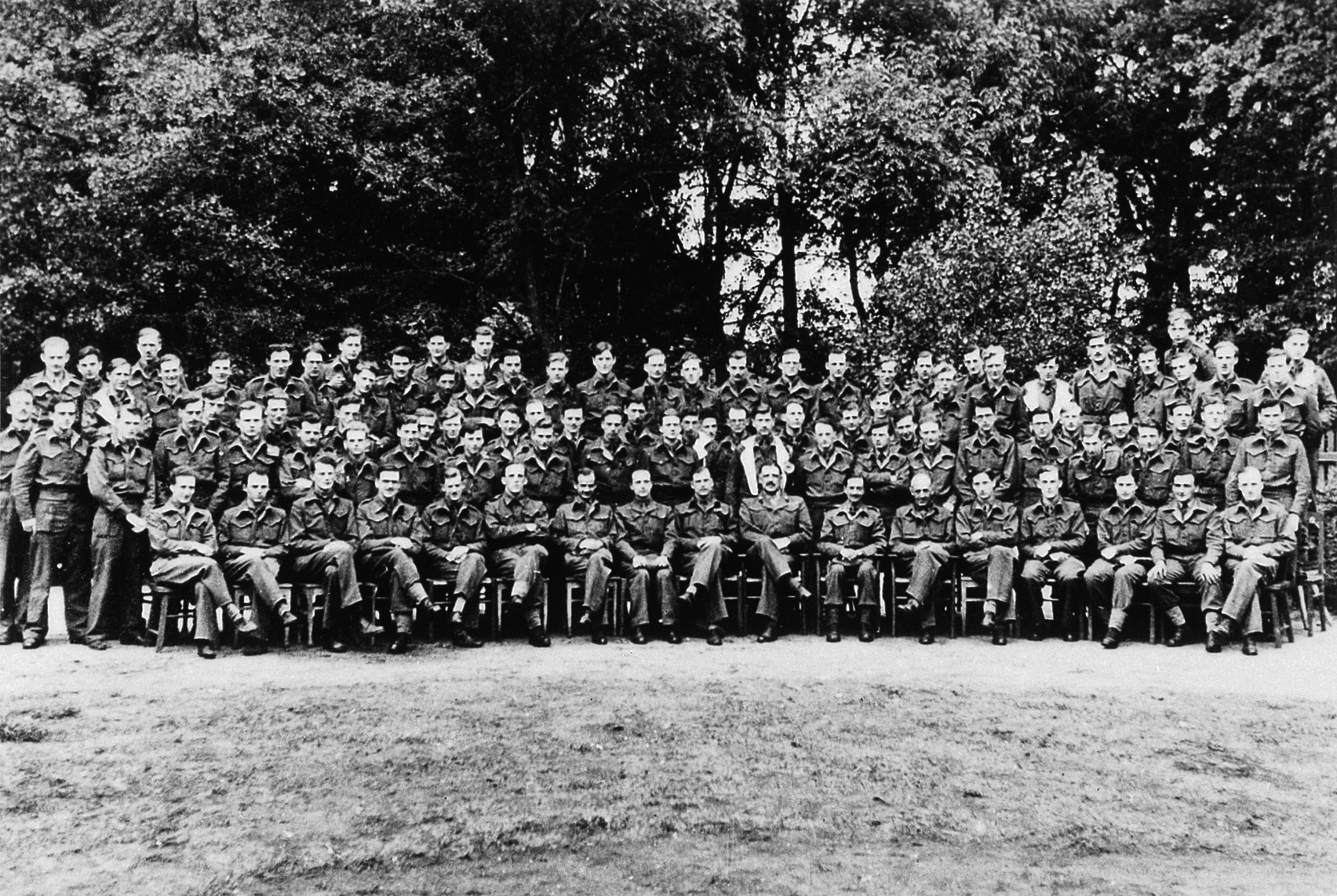
Hughes himself reunites with survivors after the war at conferences in Germany, Israel and the United States, and he joins in their imperative to “Remember.” When the BBC falsely reports in 1945 that the Bergen-Belsen inmates received 800 calories a day, he corrects the record with a letter to the Times of London. When in 1968 a former medical student who served at the camp claims the situation was “not so bad,” another Hughes letter to the Times reminds the student that by the time he arrived at the camp, 16 days after liberation, 9,000 inmates had already been hospitalized and 5,000 had died. He provides testimony for a World Zionist Congress recording about the camp. He considers his role in saving a remnant of the Jewish people to be the crowning achievement of his life.
All the Horrors of War is a valuable addition to the body of Holocaust histories and memoirs for shining a light on a not well-known historical figure. For the depths of his compassion, intelligence and commitment to life, Hughes deserves to be as well-known as an Oskar Schindler. The alternating structure of the book, where the narrative moves back and forth between the lives of the rescued and the rescuer, enables the author to tell both a deeply personal story, as well as a profoundly important historical one, reminding us that history is, ultimately, always personal.

